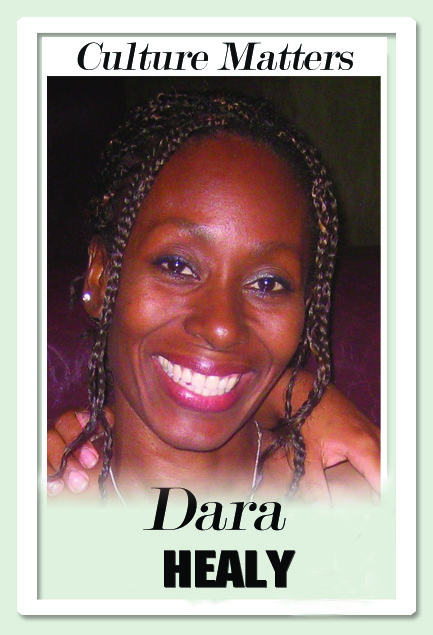Of street signs, songs and statues

Culture Matters
A Conversation about Race
“The thesaurus ... the Oxford dictionary, don’t have words to express the feelings.”
– Austin “Superblue” Lyons on having a street in Point Fortin named after him
AFTER 40 years on stage, after Rebecca, Signal for Lara, even after Soca Baptist, Superblue was speechless. In 2017, the humility was the same for Ms Universe Janelle “Penny” Commissiong as Queen Street was renamed in her honour. Although he has allowed his superstar brand to be aligned with various national monuments, in 2015 world renowned cricketer Brian Lara reconsidered his association with a decaying Tarouba sporting stadium.
Why do public symbols of private accomplishments create such intense emotional responses? Well, because they communicate “we celebrate you; we appreciate your contribution to our community.” This is the essence of the passionate debate surrounding monuments as symbols of oppression. In public spaces, who should we put on a pedestal and how should that choice be made?
In 1994, black South Africans pulled down and danced on the 15-foot statue of “Hendrik Verwoerd, the Prime Minister who drew the map of segregation and imposed inferior education on blacks.” Twenty-one years later, the statue of Cecil Rhodes overlooking the University of Cape Town campus was smeared with faeces. Symbolically, the faeces was collected from impoverished townships which were victims of racist and oppressive apartheid policies, of which Rhodes was a key architect.
In 1970, Black Power activists in TT covered statues of white gods in the Roman Catholic Church with black fabric (no they did not deface them), to protest representations of Christ as white, the well documented role of Christianity in enslavement and the demonisation of African spirituality. In multicultural societies, if a portion of the society feels devalued by the historical figures that are honoured, should their views not be considered by the people responsible for the entire society?
Buildings or street signs may only be dedicated to an individual after approval by the State. Except for the most extreme versions of government, it is expected that such policies will ultimately be for the good of the people, inspired by national values such as respect and equal opportunity. But can a building, sign, statue or even a song be considered as contradictory to such values? Can it be argued that the absence of physical monuments sends a similar message? I would say yes.
In 2020, the Christopher Columbus statue in Port of Spain was covered in paint and the word “Murderer” written on it. The enslavement, Christianisation and decimation of the indigenous population that lived in TT thousands of years prior to his arrival are not in dispute.
Consider, there are no physical monuments honouring the people who established Conquerabia, a village predating Port of Spain. Consider as well that the streets of our capital city were built with the blood and sweat of enslaved Africans, using limestone from a quarry in Laventille. Incredibly, there is not even a plaque to honour the reading of the Emancipation Proclamation. The people who built the city are absent from its built architecture. Unlike Columbus, they are invisible.
I have heard influential people say “it’s just a statue.” I watched the barely-contained amusement of British Prime Minister Boris Johnson when asked about the intention of the Rugby Football Union to investigate the singing of Swing Low, Sweet Chariot by its fans. This is a song connected with African enslavement, possibly using the idea of going home as a metaphor for death. Although fans have sung it for decades, global discourse about public expressions of racism has motivated the investigation.
World leaders should remember that there is nothing amusing about 400 years of enslavement. Further, the reality of generational trauma should always be taken seriously, particularly by those who profited from trading in human beings.
Fortunately, more people in authority are listening. In 2018, a statue of James Marion Sims was removed from Central Park, New York. A gynaecologist, Sims bought, sold and experimented on enslaved adults and babies. His medical discoveries in vaginal abnormalities happened as a result of his experiments on countless enslaved African women – without anaesthesia.
As monuments of oppression are torn down around the world, in TT we need to tangibly celebrate our national heroes. We must rename our streets, schools and public spaces to honour the people who developed our nation. We must continue raising our voices until we are visible. And even if, like Superblue, words fail us, at the very least we must raise our fists for peace; raise them for justice.
Dara E Healy is a performance artist, communications specialist and founder of the NGO, the Indigenous Creative Arts Network – ICAN


Comments
"Of street signs, songs and statues"